When it comes to assessing a business partner's processes, clarity and efficiency are paramount. Understanding how your partner operates can reveal not only strengths but also areas for improvement, paving the way for a more successful collaboration. By diving into their workflows, communication channels, and decision-making structures, you can gain invaluable insights that could enhance your joint ventures. Ready to explore the essential steps for evaluating your business partner's processes? Read on!

Business Process Efficiency
Evaluating business process efficiency can significantly enhance collaborative efforts between partners. Business process efficiency metrics, including cycle time (time taken to complete a process), throughput rate (number of completed tasks or services in a given time frame), and defect rate (number of errors or issues occurring within a process), are crucial for identifying bottlenecks and areas for improvement. Tools such as Lean Six Sigma methodologies can streamline operations in various sectors, including manufacturing and service industries, allowing for waste reduction and increased value creation. Key performance indicators (KPIs) should be established to measure progress over time, ensuring transparency and accountability in the partnership. Regular assessments of workflow, resource utilization, and employee engagement can reveal insights into productivity levels and foster a culture of continuous improvement.
Compliance and Risk Management
Evaluating Compliance and Risk Management processes within a business partnership entails a thorough examination of policies, procedures, and practices that ensure adherence to legal standards and mitigate potential risks. Key components include regulatory compliance, which ensures alignment with local laws such as the General Data Protection Regulation (GDPR) for data security, and industry-specific guidelines like the Health Insurance Portability and Accountability Act (HIPAA) in healthcare. Risk assessment methodologies, including qualitative and quantitative analyses, identify potential risks, such as financial instability and reputational threats, impacting organizational operations. Regular audits--conducted by third-party firms--measure the effectiveness of internal controls and compliance frameworks, thereby fostering transparency and trust. This comprehensive approach aligns business objectives with regulatory requirements, ensuring a resilient partnership capable of navigating complex market environments while safeguarding stakeholders' interests.
Technological Integration and Innovation
Integration of advanced technology in business operations significantly enhances efficiency and productivity. Companies adopting cloud computing solutions, such as Amazon Web Services or Microsoft Azure, realize streamlined collaboration and data accessibility. Implementation of automation tools can lead to a substantial reduction in manual tasks, enabling focus on core business strategies. The incorporation of artificial intelligence (AI) and machine learning (ML) has revolutionized data analysis, allowing businesses to make data-driven decisions rapidly, improving customer experiences. Noteworthy examples exist in sectors like retail, with companies like Walmart employing robotics in inventory management. Furthermore, continuous innovation fosters adaptability in an ever-evolving market landscape, ensuring that businesses remain competitive and responsive to consumer demands.
Financial Stability and Performance
Financial stability assessment involves analyzing key metrics such as revenue growth, profit margins, and liquidity ratios. For instance, examining the last three years of annual revenue, which should ideally show a consistent increase of at least 10%, indicates strong market position. Profit margins, particularly net profit margin percentages (ideally above 15%), reveal effective cost management and pricing strategies. Liquidity ratios such as the current ratio (above 1.5) ensure sufficient assets to cover short-term liabilities. Additionally, debt-to-equity ratios below 1 show a balanced approach to financing, minimizing risk. Performance indicators, including return on equity (ROE) above 12%, suggest the effective use of shareholder investments. Collectively, these financial metrics paint a picture of the business partner's stability and performance.
Customer Satisfaction and Feedback
Customer satisfaction plays a crucial role in the evaluation of business processes for partners within various industries. Surveys conducted in 2022 indicated that 80% of customers prioritize responsiveness when engaging with service providers. Businesses can utilize feedback mechanisms such as Net Promoter Score (NPS) to gauge customer loyalty and satisfaction levels. Analysis of customer feedback trends, including online reviews on platforms like Yelp and Google, reveals valuable insights into service quality and areas for improvement. Companies should also focus on specific touchpoints, such as order fulfillment and customer support interactions, to enhance the overall customer experience continually. Regular assessment of these elements ensures alignment with customer expectations and promotes long-term partnerships.

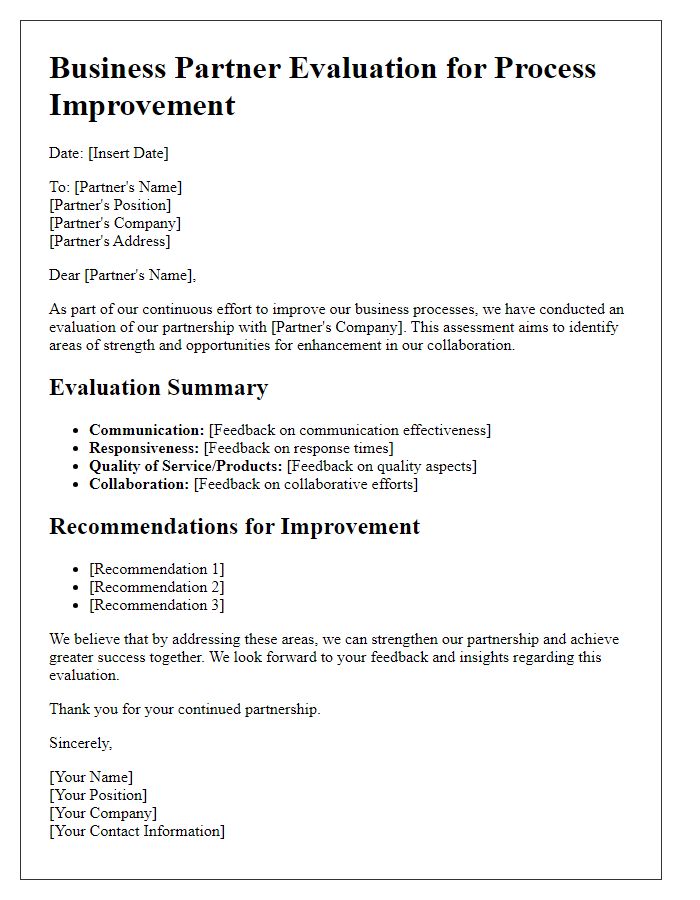
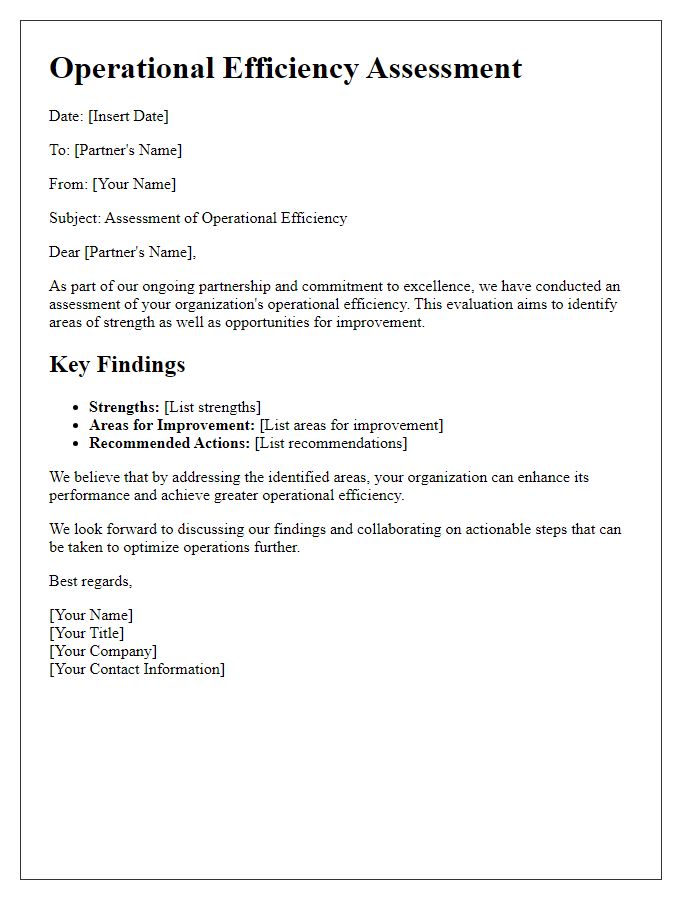
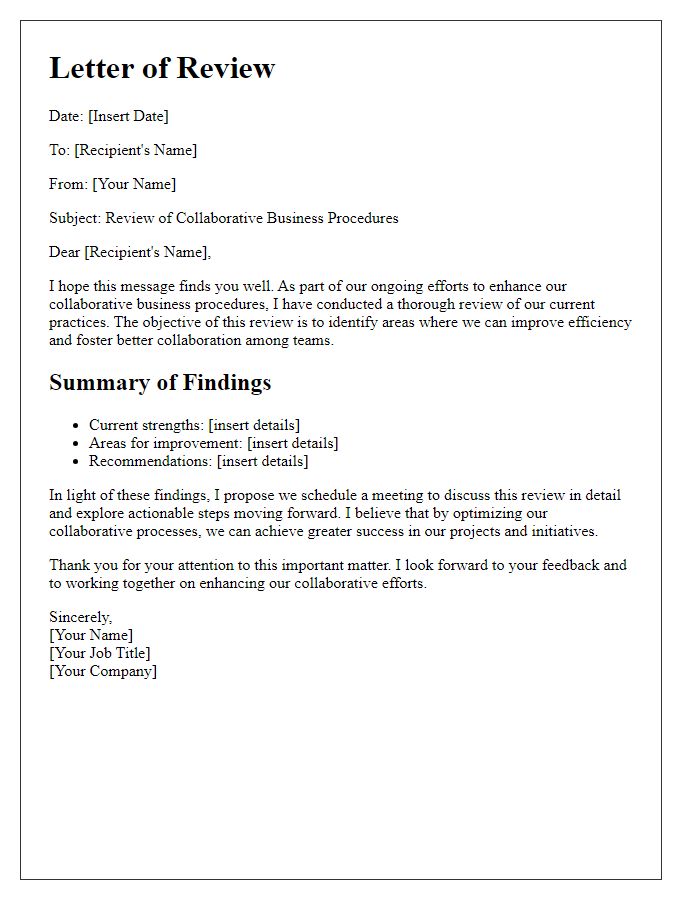
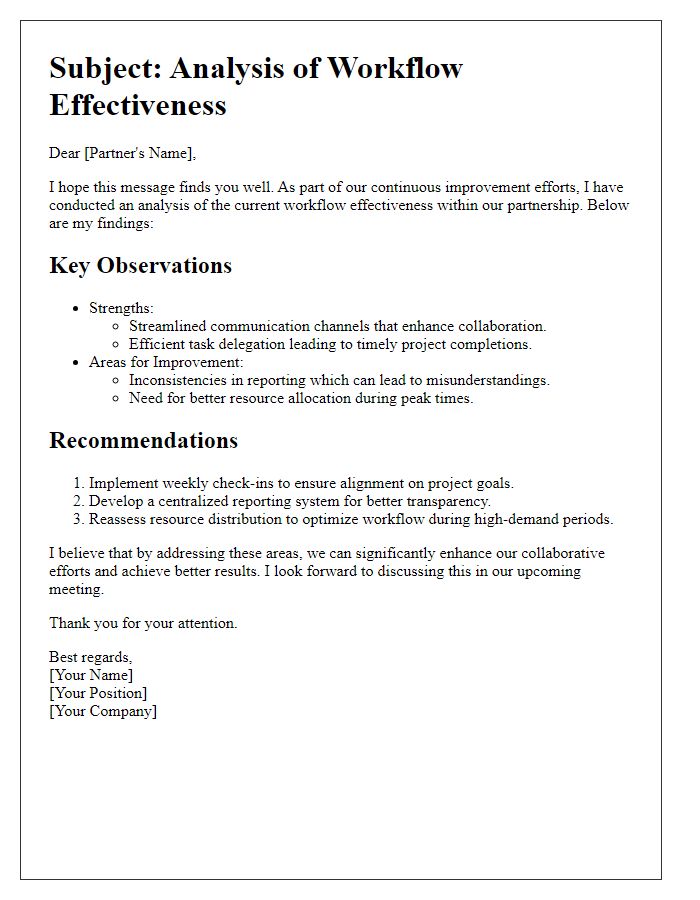
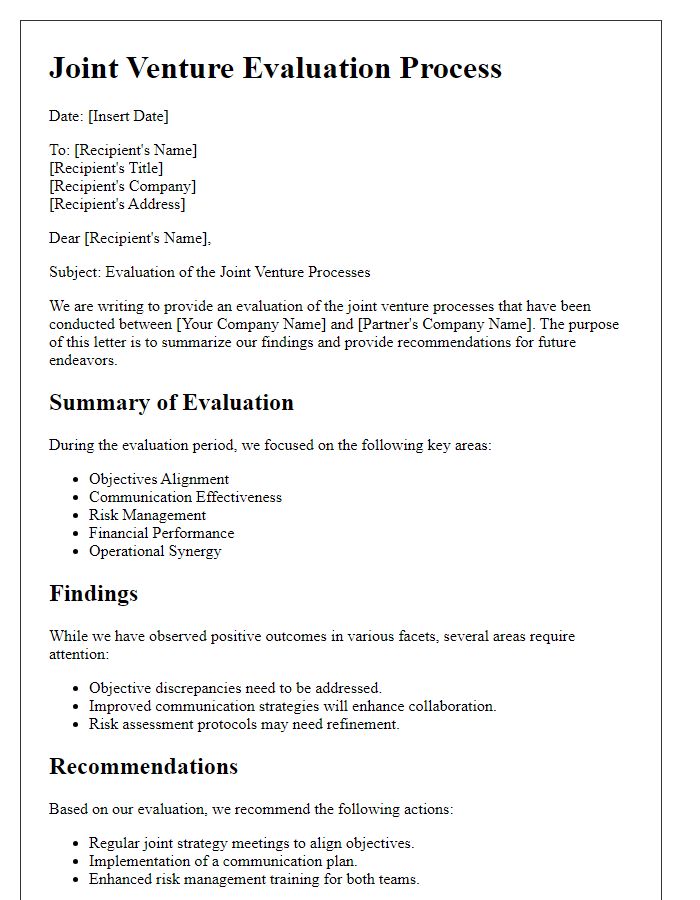
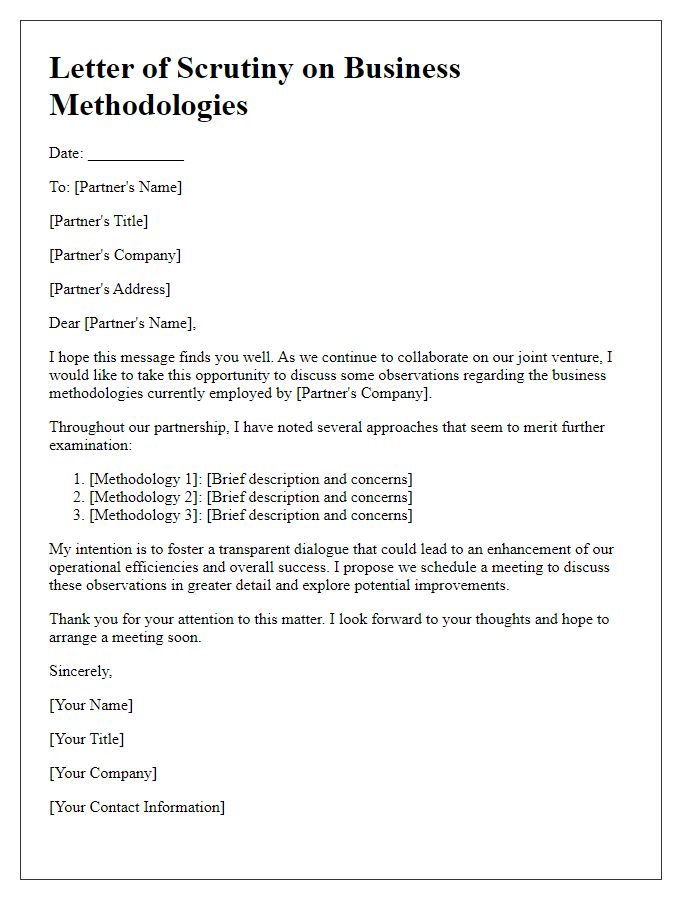
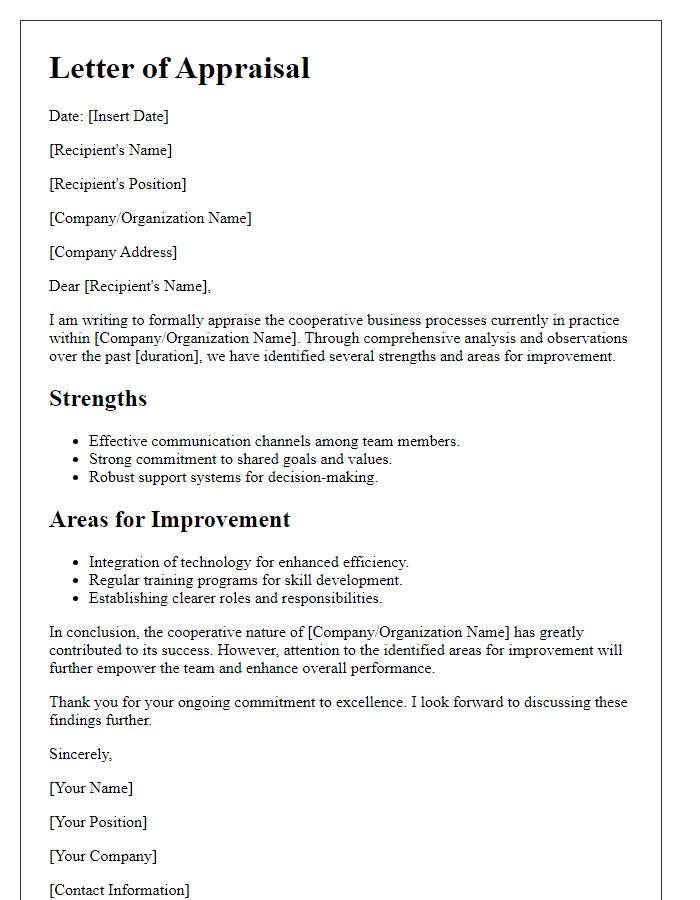
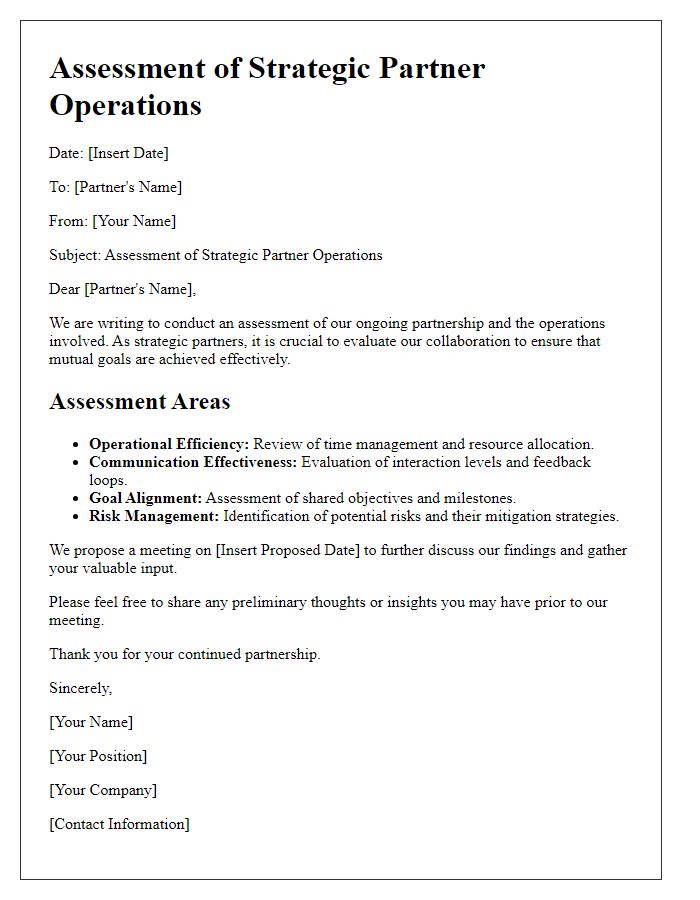
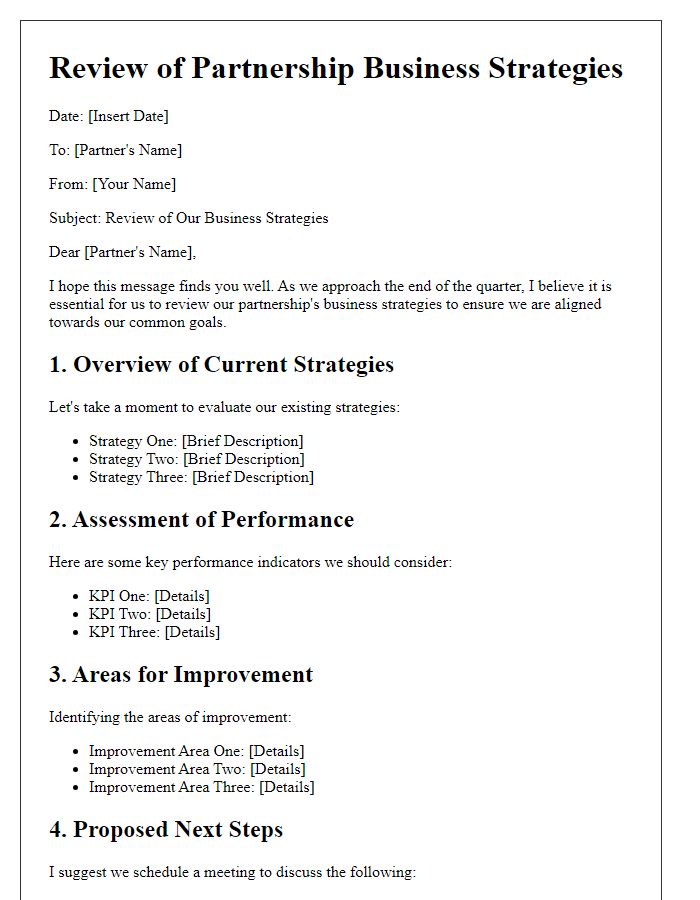
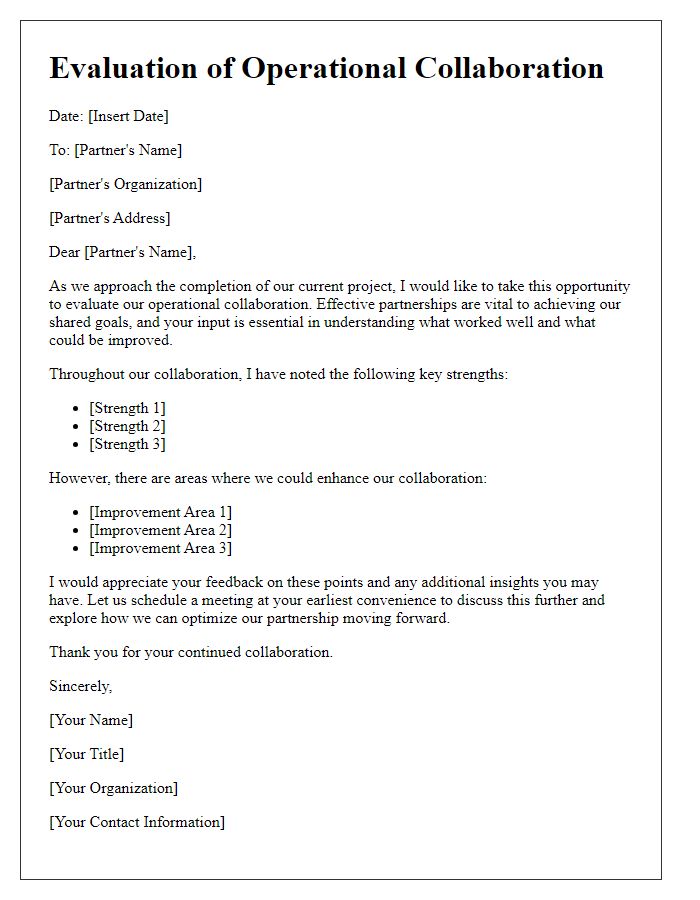




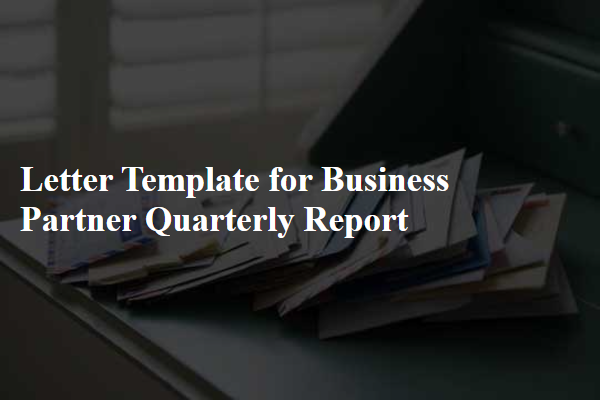
Comments